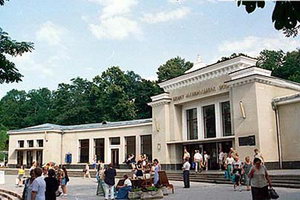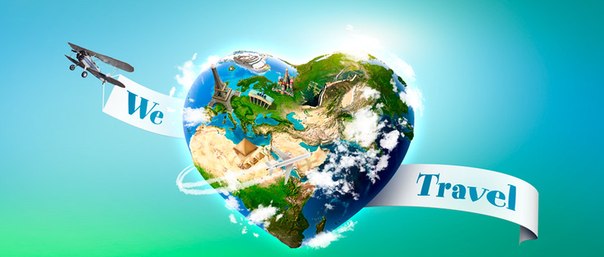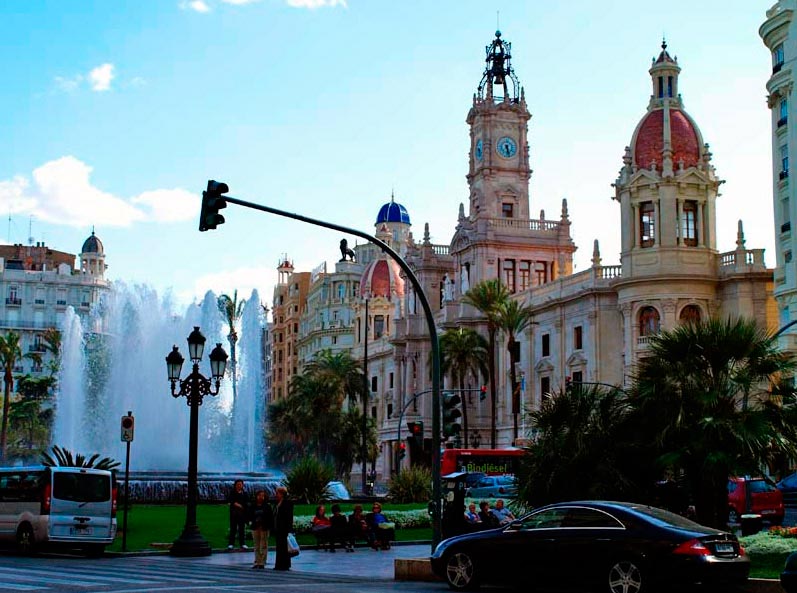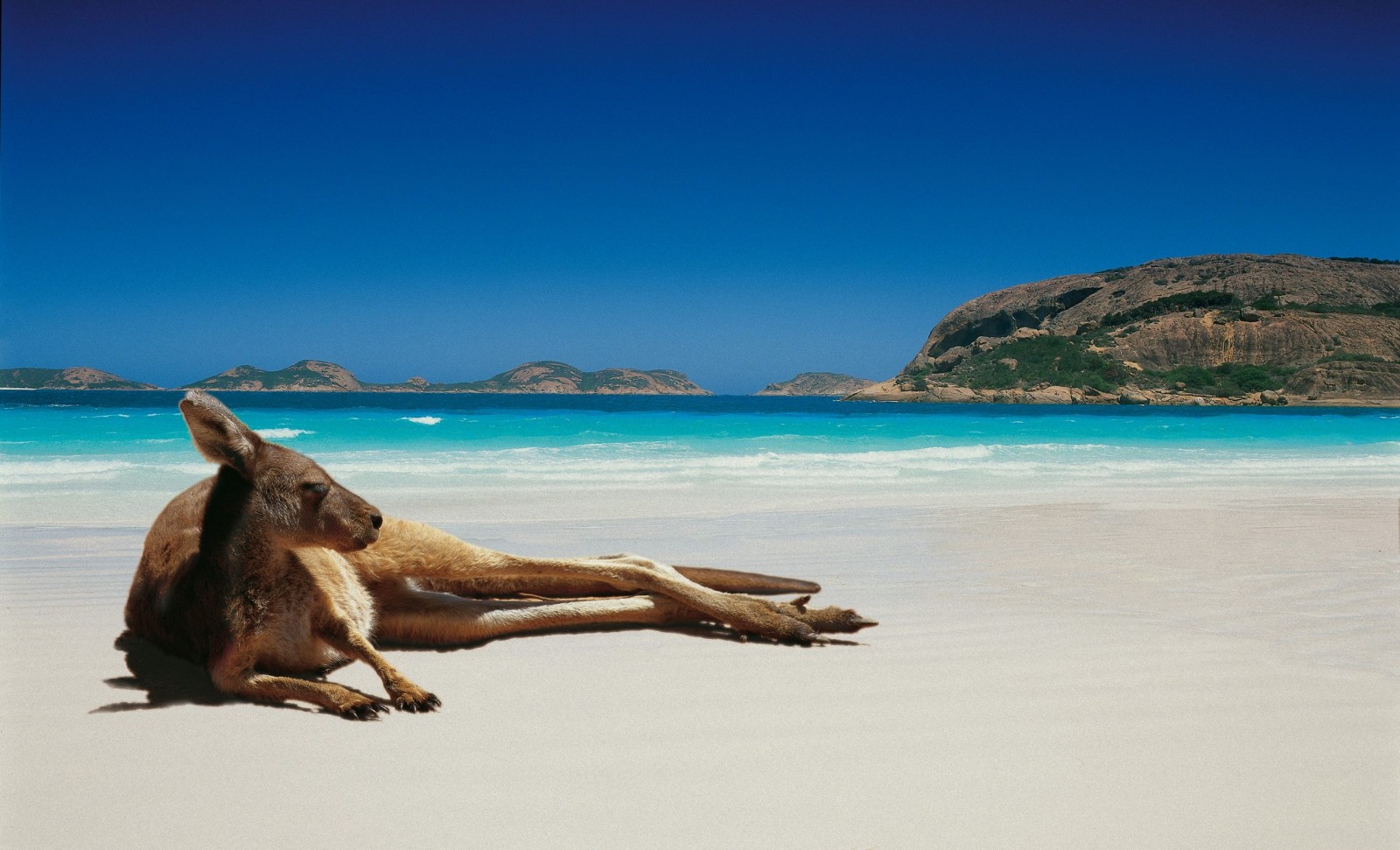Factors of tourism development
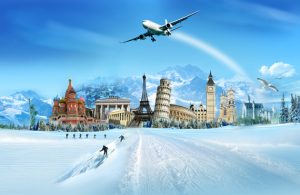 As factors that contributed to the development of tourism after the Second World War, the following can be mentioned:
As factors that contributed to the development of tourism after the Second World War, the following can be mentioned:
1) the growth of social wealth and incomes of the population;
2) reduction of working time and growth of free time;
3) success in the development of road transport and aircraft, communications and information technology;
4) urbanization;
5) the transformation of social consciousness.
The growth of public wealth in the postwar years had a significant impact on the structure of consumer spending. In many countries of Western Europe, the growth of gross and annual per capita income was accompanied by a decrease in the share of food and luxury goods. At the same time, the share of tourism in the structure of consumer spending of citizens of these countries grew.
Working time in the industry of a number of Western countries decreased from 2,350 hours per year in 1950 to 1,716 hours in 1987. The average vacation increased from 12 days in 1950 to 31 days in 1988. The reduction in working hours was accompanied by an increase in labor intensity. .
The development of transport and communications were the most important incentives for the development of tourism and caused an increase in the mobility of society. The prerequisites for this were the success of transport construction, the development of air traffic and cheaper air tickets, car booms and affordable car prices for the average consumer.
Urbanization as a factor in the development of tourism is that not finding satisfaction in work, the modern man has fewer opportunities for good rest. Most of the population in developed countries lives in cities. Many researchers and sociologists note that the urban lifestyle is characterized by stressful situations, an accelerated pace of life, and a lack of contact with people. Therefore, it is tourism that for many people is an opportunity to escape from the tense life in the city and temporarily return to nature in search of emotional balance and contacts with people.
The transformation of social consciousness consists in changing priorities in the system of spiritual values of society. In 1950–1990 in Western European countries there have been significant changes in the structure of the spiritual values of society. Transformation in the public consciousness implies a change in the system of spiritual values of the consumer, as well as a change in the theoretical concept of free time.
There are three phases of the development of the concept of free time:
First, in the 1950s, the orientation toward leisure time dominated as a means of restoring physical strength.
Then, in the 1960s – 1970s, free time is used to consume material wealth, which is ensured by the growing well-being of society, i.e. free time was spent on the purchase of real estate, durable goods, luxury goods, etc.
And finally, in the 80s. a clear tendency to use free time for the purpose of receiving pleasure. The consumption of material goods becomes not an end in itself, but a means of enjoying life.
In this context, the development of the psychology of free time has changed the role and place of tourism in the structure of the needs of society. From the privilege of the chosen, tourism finally becomes the vital need of the majority. The nature of tourist needs is changing. From the primitive to the more sublime, from the means of restoring the labor force to the way a person realizes his individual abilities and satisfies intellectual needs.
With the growing unity and interdependence of the world, the expansion of international contacts in the economic sphere, the investment aspect of tourism is increasing. Business tourism is an integral part of the modern production process. Along with the recreational and business effect, the importance of the communicative aspect of tourism and the establishment of humanitarian contacts, visits to friends and acquaintances are growing.
Thus, the massive demand for tourist services spawned mass production. The tourist product has become standardized, and the production of goods and services has been put on the conveyor. A variety of regulations and public institutions have arisen, producing components and types of tourism products and constituting the tourism industry as a whole.

